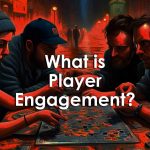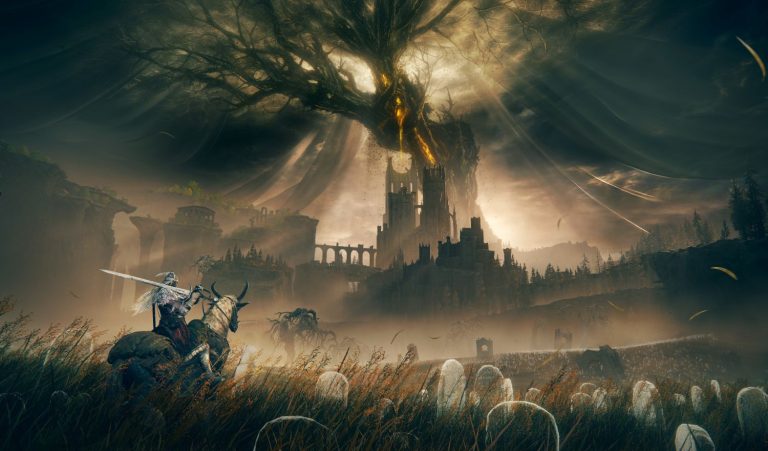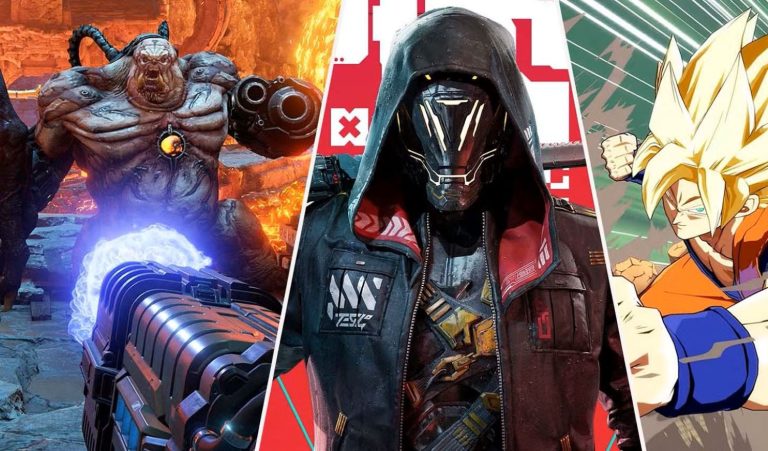Integrating AI Into Indie Game Development
Introduction: The AI Revolution in Indie Games
Artificial intelligence (AI) is rapidly transforming various industries, and game development is no exception. For indie game developers, who often face resource constraints, AI offers unprecedented opportunities to enhance creativity, streamline workflows, and deliver compelling player experiences. This article explores how indie studios can effectively integrate AI into their development pipelines, covering aspects from NPC behavior to level generation.
The integration of AI is not merely a futuristic concept but a practical reality for indie developers today. By leveraging AI tools and techniques, small teams can achieve results that were once only possible for larger studios with extensive resources. The key lies in understanding the specific applications of AI and how they can be tailored to fit the unique needs and constraints of indie game development.
According to a report by Newzoo, the global games market is projected to generate $200 billion in revenue by 2023. Indie games are a significant part of this market, driven by innovation and unique gameplay experiences. AI can further fuel this innovation by enabling developers to create more dynamic, personalized, and immersive games.
AI-Driven NPC Behavior
One of the most impactful applications of AI in game development is in creating more realistic and engaging Non-Player Characters (NPCs). Traditional methods often rely on pre-scripted behaviors, which can lead to repetitive and predictable interactions. AI, particularly through techniques like behavior trees and reinforcement learning, allows NPCs to react dynamically to player actions and the game environment.
Behavior trees provide a hierarchical structure for defining NPC behaviors, making it easier to manage complex decision-making processes. Reinforcement learning, on the other hand, enables NPCs to learn from their experiences, adapting their behavior over time to become more effective or realistic. For example, an NPC guard could learn patrol routes that minimize the chance of encountering the player, or a shopkeeper could adjust prices based on player demand.
Consider the example of “Skyrim,” where AI-driven NPCs contribute significantly to the game’s immersive world. While not an indie game, it showcases the potential of AI in creating believable character behaviors. Indie developers can achieve similar results using open-source AI libraries and tools, such as TensorFlow and Unity’s ML-Agents toolkit.
A survey by the Game Developers Conference (GDC) found that 60% of game developers are experimenting with AI for NPC behavior, indicating a growing interest and adoption of these techniques within the industry.
Procedural Level Generation with AI
Level design is a time-consuming process, especially for indie developers with limited resources. AI-powered procedural level generation (PLG) offers a solution by automatically creating game environments based on a set of rules or constraints. This can significantly reduce development time and allow for the creation of more diverse and replayable game worlds.
AI algorithms, such as Markov chains and generative adversarial networks (GANs), can be used to generate levels that are both aesthetically pleasing and functionally sound. Markov chains can create sequences of level elements based on predefined probabilities, while GANs can learn from existing level designs to generate new, similar levels.
For instance, the indie game “No Man’s Sky” utilizes procedural generation to create a vast universe of unique planets. While the initial implementation had its critics, it demonstrated the potential of PLG in creating expansive and diverse game worlds. Indie developers can explore similar techniques using tools like Wave Function Collapse (WFC) and specialized AI plugins for game engines like Unity and Unreal Engine.
According to a study published in the Journal of Game Development, AI-driven PLG can reduce level design time by up to 40%, allowing developers to focus on other critical aspects of game development.
AI for Smarter Game Testing
Game testing is a crucial but often tedious part of the development process. AI can automate many aspects of testing, identifying bugs and balance issues more efficiently than human testers. AI agents can be trained to play the game and explore different scenarios, providing valuable data on gameplay mechanics and potential exploits.
Techniques like reinforcement learning can be used to train AI agents to play the game optimally, uncovering strategies and exploits that human testers might miss. These agents can also be used to test different game parameters, such as enemy health and damage, to ensure that the game is balanced and challenging.
The use of AI in game testing is still in its early stages, but several companies are already offering AI-powered testing solutions. These tools can analyze gameplay data, identify performance bottlenecks, and generate reports that help developers improve the quality of their games.
A report by QA Consultants estimates that AI-powered game testing can reduce testing costs by up to 30% while improving the overall quality of the game.
Enhancing Player Experience with AI
Beyond NPC behavior and level generation, AI can also be used to directly enhance the player experience. Adaptive game difficulty, personalized content, and AI-driven tutorials can create a more engaging and tailored experience for each player.
AI algorithms can analyze player behavior in real-time and adjust the game’s difficulty to match the player’s skill level. This ensures that the game is always challenging but not frustrating, keeping players engaged and motivated. Personalized content, such as customized quests and storylines, can also be generated based on player preferences and past actions.
Furthermore, AI-driven tutorials can provide players with targeted guidance and support, helping them learn the game mechanics more quickly and effectively. These tutorials can adapt to the player’s learning style and provide personalized feedback, ensuring that they master the game’s core concepts.
According to a study by the Entertainment Software Association (ESA), 70% of gamers prefer games that offer personalized experiences, highlighting the importance of AI in creating games that cater to individual player preferences.
Conclusion: The Future of AI in Indie Game Development
AI is poised to play an increasingly important role in indie game development, offering unprecedented opportunities to enhance creativity, streamline workflows, and deliver compelling player experiences. From AI-driven NPC behavior to procedural level generation and smarter game testing, the applications of AI are vast and varied.
As AI technology continues to evolve, indie developers will have access to even more powerful tools and techniques, enabling them to create games that were once only possible for larger studios. By embracing AI and exploring its potential, indie developers can push the boundaries of game design and deliver innovative and engaging experiences to players around the world.
The integration of AI is not without its challenges. It requires a willingness to learn new skills, experiment with new tools, and adapt to new workflows. However, the potential rewards are well worth the effort. By embracing AI, indie developers can unlock new levels of creativity and innovation, shaping the future of the games industry.
References
- Newzoo. (2023). Global Games Market Report.
- Game Developers Conference (GDC). (2022). State of the Game Industry Survey.
- Journal of Game Development. (2021). AI-Driven Procedural Level Generation.
- QA Consultants. (2020). The Impact of AI on Game Testing.
- Entertainment Software Association (ESA). (2019). Essential Facts About the Computer and Video Game Industry.

















